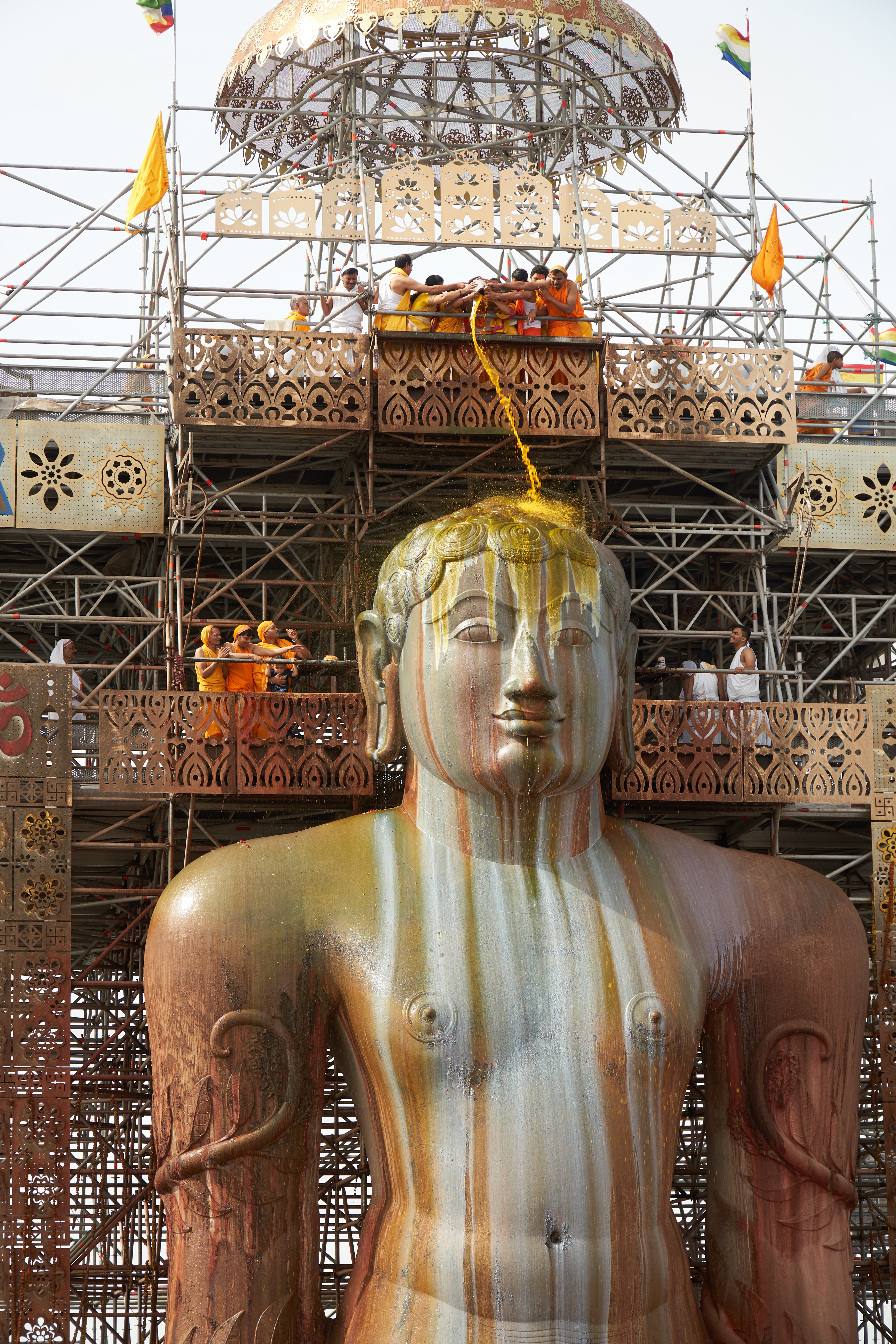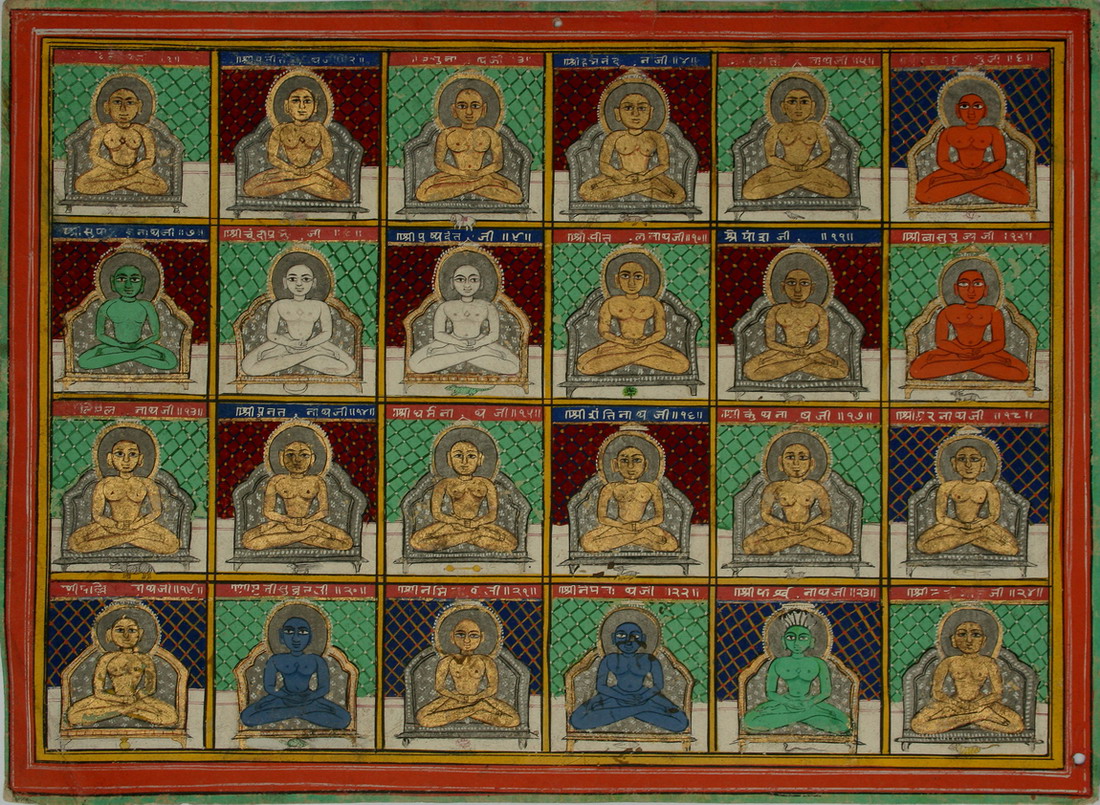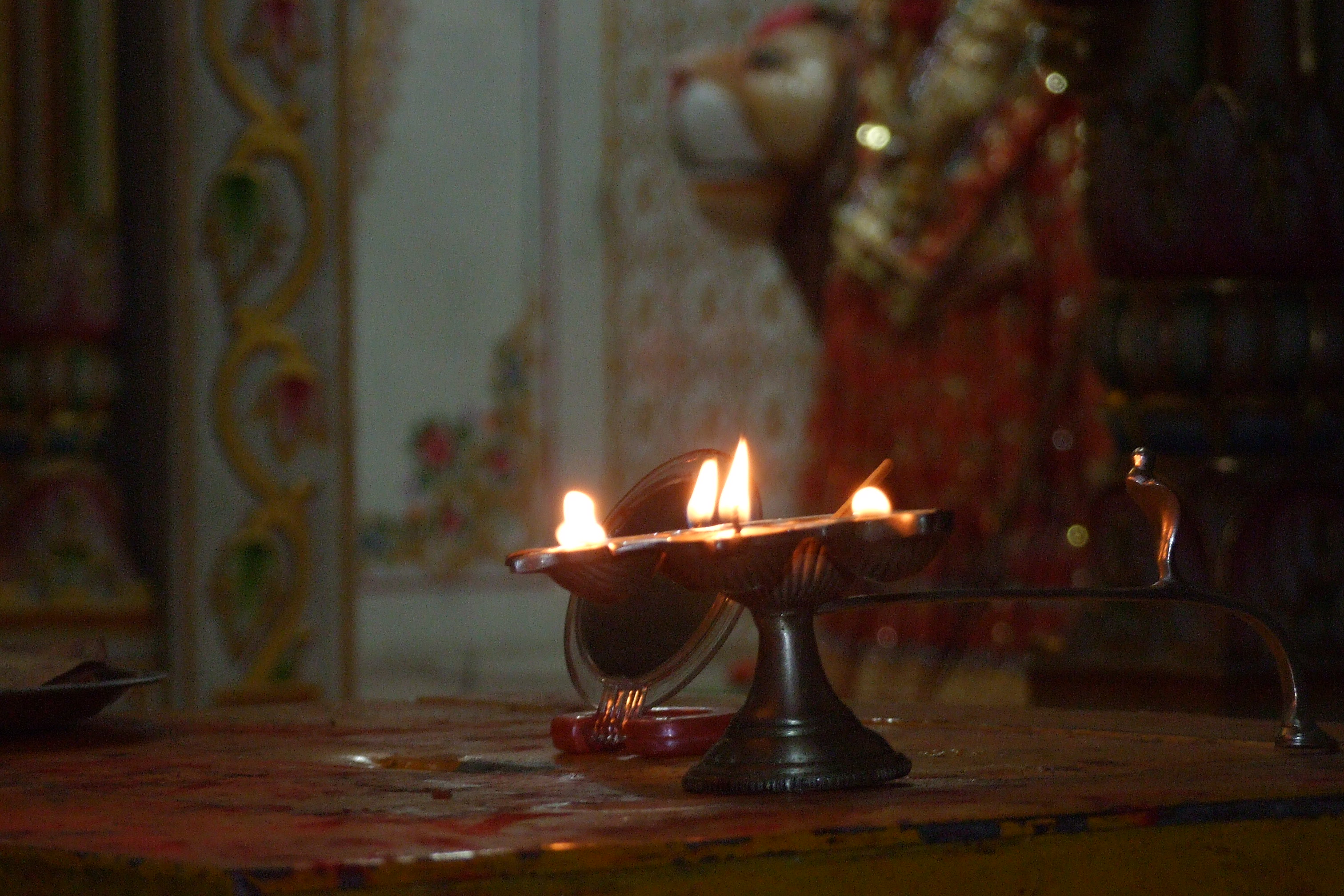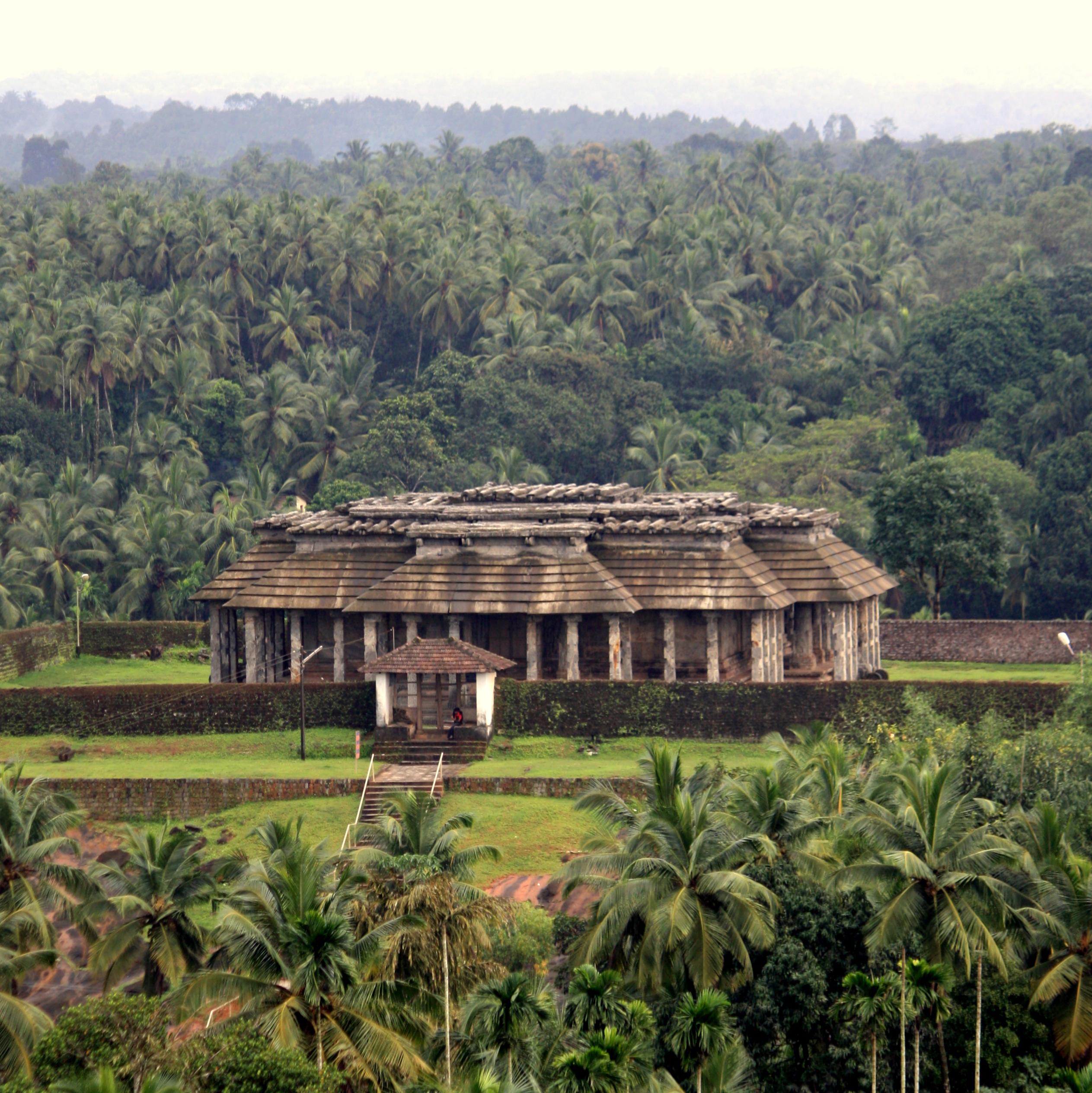|
Mastakabhiseka
The ''Mahamastakabhisheka'' ("Grand Consecration", "The Great Indian Festival") refers to the ''abhiṣeka'' (anointment) of the Jain images when held on a large scale. The most famous of such consecrations is the anointment of the Bahubali Gommateshwara statue located at Shravanabelagola in Karnataka, India. It is an important Jain festival held once every 12 years. It is an integral part of the ancient and composite Jain tradition. The festival is held in veneration of a high monolithic statue of the Siddha Bahubali. The anointing last took place in February 2018, and the next ceremony will take place in 2030. The ceremony in 2018 is said to be the 88th in the series that commenced in the year 981 AD and was the second Mahamastakabhisheka of the 21st century. The ceremony is expected to be graced by numerous Jain ascetics. The February 2018 event was held under the leadership of Charukeerthi Bhattaraka Swamiji of Shravanabelagola from 17 to 25 February 2018. Anointment of ... [...More Info...] [...Related Items...] OR: [Wikipedia] [Google] [Baidu] |
Gommateshwara Statue
The Gommateshwara statue is a high monolithic statue on Vindhyagiri Hill in the town of Shravanbelagola in the Indian state of Karnataka. Carved of a single block of granite, it is one of the tallest monolithic statues in the world second only to the Great Sphinx of Giza. The Gommateshwara statue is dedicated to the Jain figure Bahubali and symbolises the Jain precepts of peace, non-violence, sacrifice of worldly affairs, and simple living. It was built around 983 CE during the Western Ganga dynasty and is one of the largest free-standing statues in the world. It was regarded the tallest Jain statue until 2016. The construction of the statue was commissioned by the Ganga dynasty minister and commander Chavundaraya. Neighbouring areas have Jain temples known as ''basadis'' and several images of the Tirthankaras. Vindyagiri Hill is one of the two hills in Shravanabelagola. The other is Chandragiri, which is also a seat of several ancient Jain centres, much older than Gommateshw ... [...More Info...] [...Related Items...] OR: [Wikipedia] [Google] [Baidu] |
Tirthankara
In Jainism, a ''Tirthankara'' (Sanskrit: '; English language, English: literally a 'Ford (crossing), ford-maker') is a saviour and spiritual teacher of the ''Dharma (Jainism), dharma'' (righteous path). The word ''tirthankara'' signifies the founder of a ''Tirtha (Jainism), tirtha'', which is a fordable passage across the sea of interminable births and deaths, the ''Saṃsāra (Jainism), saṃsāra''. According to Jains, a ''Tirthankara'' is an individual who has conquered the ''saṃsāra'', the cycle of death and rebirth, on their own, and made a path for others to follow. After understanding the true nature of the self or soul, the ''Tīrthaṅkara'' attains ''Kevala Jnana'' (omniscience). Tirthankara provides a bridge for others to follow the new teacher from ''saṃsāra'' to ''moksha'' (liberation). In Jain cosmology, the wheel of time is divided in two halves, Utsarpiṇī' or ascending time cycle and ''avasarpiṇī'', the descending time cycle (said to be current no ... [...More Info...] [...Related Items...] OR: [Wikipedia] [Google] [Baidu] |
Jainism In Karnataka
Karnataka, a state in South India has a long association with Jainism, a religion which enjoyed patronage of major historic kingdoms in the state such as the Rastrakuta Dynasty, Western Ganga Dynasty, Western Ganga, Kadamba Dynasty, Kadamba and Chalukya dynasty, Chalukya dynasties and the Hoysala Empire. Today the state is home to a number of Jain monuments, such as Jain temple, temples, Gommata statues and stambhas. History Historical association of Jainism with Karnataka dates back to the 3rd century BC. Acharya Bhadrabahu predicted a twelve-year-long famine in north India and led the migration of Jain sangha to the south. He was accompanied by his disciple Chandragupta Maurya and the ''Sangha'' halted at Chandragiri Hill. Realising that he was nearing the end of his life, Bhadrabahu instructed his disciples to spread the religion and he undertook sallekhana at Chandragiri. Chandragupta Maurya continued to live on this hill worshipping the foot prints of his teacher and later ... [...More Info...] [...Related Items...] OR: [Wikipedia] [Google] [Baidu] |
Panch Kalyanaka
Panch Kalyanaka ( sa, pan̄ca kalyāṇaka, "Five Auspicious Events") are the five chief auspicious events that occur in the life of tirthankara in Jainism. They are commemorated as part of many Jain rituals and festivals. Kalyanaka These auspicious life events are as below: # Garbh kalyāṇaka: When the ātman (soul) of a tirthankara enter's their mother's womb. # Janma kalyāṇaka: Birth of the tirthankara. Janmabhisheka is a ritual celebrating this event in which Indra does abhisheka with 1008 Kalasha (holy vessels) on the tirthankara on Mount Meru. # Dīkṣā kalyāṇaka: When a tirthankara renounce all worldly possessions and becomes an ascetic. # Kēvalajñāna kalyāṇaka: The event when a tirthankara attains kēvalajñāna (absolute knowledge). A divine samavasarana (preaching hall) appears, from where the tirthankara delivers sermons and restores the Jain community and teachings. # Nirvāṇa kalyāṇaka: When a tirthankara leaves their mortal body, it is kn ... [...More Info...] [...Related Items...] OR: [Wikipedia] [Google] [Baidu] |
Jain Rituals And Festivals
Jain rituals play an everyday part in Jainism. Rituals take place daily or more often. Rituals include obligations followed by Jains and various forms of idol worship. Jains rituals can be separated broadly in two parts: ''Karyn'' (obligations which are followed) and ''Kriya'' (worships which are performed). Six essential duties In Jainism, six essential duties (''avashyakas'') are prescribed for '' śrāvakas'' (householders). The six duties are: #Worship of '' Pañca-Parameṣṭhi'' (five supreme beings) #Following the preachings of Jain saints. #Study of Jain scriptures #'' Samayika'': practising serenity and meditation #Following discipline in their daily engagement #Charity (''dāna'') of four kinds: ##''Ahara-dāna''- donation of food ##''Ausadha-dāna''- donation of medicine ##''Jnana-dāna''- donation of knowledge ##''Abhaya-dāna''- saving the life of a living being or giving of protection to someone under threat These duties became fundamental ritual activities of ... [...More Info...] [...Related Items...] OR: [Wikipedia] [Google] [Baidu] |
Kumbhoj
Kumbhoj (pronounced as ''kam'bho'j'') is the name of an ancient town located in Kolhapur district in Maharashtra. The town is about eight kilometers from Hatkanangale, about twenty seven kilometers from Kolhapur and currently, also is the Taluka or Tehsil Headquarters. The famous Jain Tirtha (pilgrim place) known as ''Bahubali'', is just two kilometers away from the Kumbhoj city. As the name itself suggests, Kumbhoj seems to be connected with well-known ancient term Kamboja of Sanskrit/ Pali literature. Alternative name of Kumbhoj is ''Kumboj'' ( Kamboj). The former name is apparently free from Iranian or ''Paisaci'' influence since Maharashtra location was far removed from the north-west division of ancient India. Kamboj is the standard name found in numerous ancient Sanskrit and Pali texts. Padma Vibhushan Dr. Karmaveer Bhaurao Patil, a renowned social worker and philanthropist was born at Kumbhoj. Bahubali at Kumbhoj is identical to the Bahubali of Shravanabelagola ... [...More Info...] [...Related Items...] OR: [Wikipedia] [Google] [Baidu] |
Venur
Venur or Venoor is a small village on the banks of the Phalguni river in Belthangady Taluk, Dakshina Kannada of Karnataka, India. It was once the seat of Jainism and the capital of the Ajila Dynasty. It is on the Dharmasthala- Moodabidri-Karkala route on the coastal religious circuit in the Karnataka State of India. Ajila Dynasty Venur is a small town in Dakshina Kannada District of Karnataka state situated on the bank of river Phalguni. Venur, though a small town, was once a great seat of Jainism. It was the capital of the Ajila Dynasty and one of the most prominent Kings of then Thimmanna Ajila built a colossus of Gommateshwara 38 feet high in 1604 AD. He was a direct descendant of Chamundaraya, who built one at Shravanabelagola. Venur colossus is the shortest of all the three Gommateshwaras within the radius of around it. It also stands in an enclosure, on the same pattern as that of Shravanabelagola. The Kings of Ajila Dynasty ruled here from 1154 AD to 1786 AD. The curre ... [...More Info...] [...Related Items...] OR: [Wikipedia] [Google] [Baidu] |
Karkala
''Karkala'' also known as Karla in Tulu language, is a town and the headquarters of Karkala taluk in the Udupi district of Karnataka, India. Located about 60 km from Mangalore in the Tulu Nadu region of the state,it lies near the foothills of the Western Ghats.Karkala has a number of natural and historical landmarks, and is a major tourist and transit destination due to its strategic location along the way to Hebri, Sringeri, Kalasa, Horanadu, Udupi, Kollur, Subrahmanya and Dharmasthala. Etymology Black granite is abundant in the area, and used widely in the local architecture. Hence, the name of the town is derived from ''kari-kal'', meaning black stone. There is still a place called as 'Kariya Kall' in the city which means 'Black Rock' in Tulu and Kannada languages. The name 'Kariya Kall/ ಕರಿಯಕಲ್ಲ್' changed to 'Karikal/ಕರಿಕಲ್' and eventually to 'Karkal/ಕರ್ಕಲ್/ಕಾರ್ಕಳ್'. However, some studies assert that ... [...More Info...] [...Related Items...] OR: [Wikipedia] [Google] [Baidu] |
Dharmasthala
Dharmasthala (earlier known as Kuduma) is an Indian temple town on the banks of the Nethravathi River in the Belthangady taluk of the Dakshina Kannada district in Karnataka, India. The town is known for its centuries old Dharmasthala Temple devoted to the Hindu god Manjunatha. There are other temples and shrines that are dedicated to Ammanavaru, Chandranath and the Dharma Daivas (guardian spirits of Dharma) — Kalarahu, Kalarkayi, Kumaraswamy and Kanyakumari. The temple is unusual in that it is a Hindu temple run by a Jain administration and poojas are conducted by Hindu priests who subscribe to the Vaishnava ideologies. Most Shiva temple are run by Shaivas as opposed to the Madhava Bhramins who are devotees of Vishnu and his avatars. On average the temple attracts around 10,000 pilgrims a day. Legend Local legend says that the Shiva Linga was brought to Dharmasthala by Annappa who is believed to have worked for the Dharmasthala Heggade family. Annappa is th ... [...More Info...] [...Related Items...] OR: [Wikipedia] [Google] [Baidu] |
Shravana Belgola
Shravanabelagola () is a town located near Channarayapatna of Hassan district in the Indian state of Karnataka and is from Bengaluru. The Gommateshwara Bahubali statue at Shravanabelagola is one of the most important tirthas (pilgrimage destinations) in Jainism, one that reached a peak in architectural and sculptural activity under the patronage of Western Ganga dynasty of Talakad. Chandragupta Maurya is said to have died here in 298 BCE after he became a Jain monk and assumed an ascetic life style. Gommateshwara statue, Akkana Basadi, Chandragupta basadi, Chamundaraya Basadi, Parshvanath Basadi and inscriptions of Shravanabelagola group of monuments are listed as Adarsh Smarak Monument by Archaeological Survey of India. Location Shravanabelagola is located at to the south-east of Channarayapatna in the Channarayapatna taluk of Hassan district of Karnataka. It is at a distance of south-east of Hassan, Karnataka, the district centre. It is situated at a distance of to t ... [...More Info...] [...Related Items...] OR: [Wikipedia] [Google] [Baidu] |
Vermilion
Vermilion (sometimes vermillion) is a color, color family, and pigment most often made, since antiquity until the 19th century, from the powdered mineral cinnabar (a form of mercury sulfide, which is toxic) and its corresponding color. It is very often synonymous with red orange, which often takes a modern form just 11% brighter (at full brightness). Etymology and orthography The word vermilion came from the Old French word ''vermeillon'', which was derived from ''vermeil'', from the Latin ''vermiculus'', the diminutive of the Latin word ''vermis'', or worm. The name originated because it had a similar color to the natural red dye made from an insect, '' Kermes vermilio'', which was widely used in Europe. The first recorded use of "vermilion" as a color name in English was in 1289. The term cinnabar was used interchangeably with vermilion until the 17th century, when vermilion became the more common name. Now the term "cinnabar" is used in mineralogy and crystallography ... [...More Info...] [...Related Items...] OR: [Wikipedia] [Google] [Baidu] |
Turmeric
Turmeric () is a flowering plant, ''Curcuma longa'' (), of the ginger family, Zingiberaceae, the rhizomes of which are used in cooking. The plant is a perennial, rhizomatous, herbaceous plant native to the Indian subcontinent and Southeast Asia that requires temperatures between and a considerable amount of annual rainfall to thrive. Plants are gathered each year for their rhizomes, some for propagation in the following season and some for consumption. The rhizomes are used fresh or boiled in water and dried, after which they are ground into a deep orange-yellow powder commonly used as a coloring and flavoring agent in many Asian cuisines, especially for curries, as well as for dyeing, characteristics imparted by the principal turmeric constituent, curcumin. Turmeric powder has a warm, bitter, black pepper-like flavor and earthy, mustard-like aroma. Curcumin, a bright yellow chemical produced by the turmeric plant, is approved as a food additive by the World Hea ... [...More Info...] [...Related Items...] OR: [Wikipedia] [Google] [Baidu] |

.jpg)







